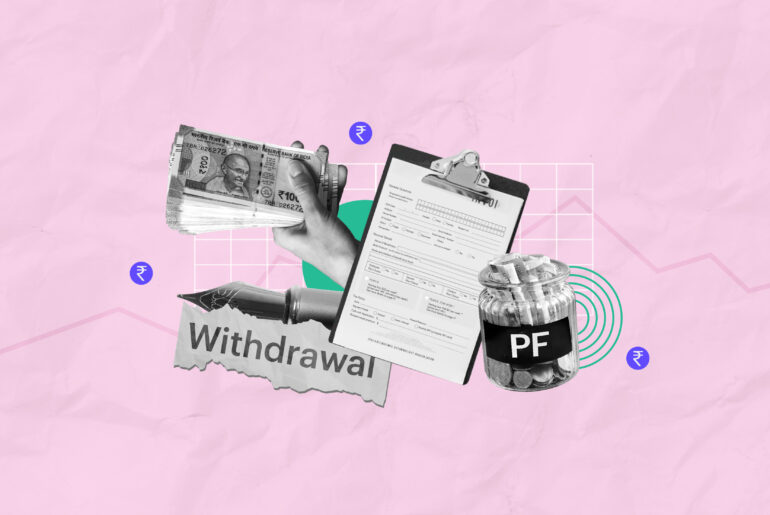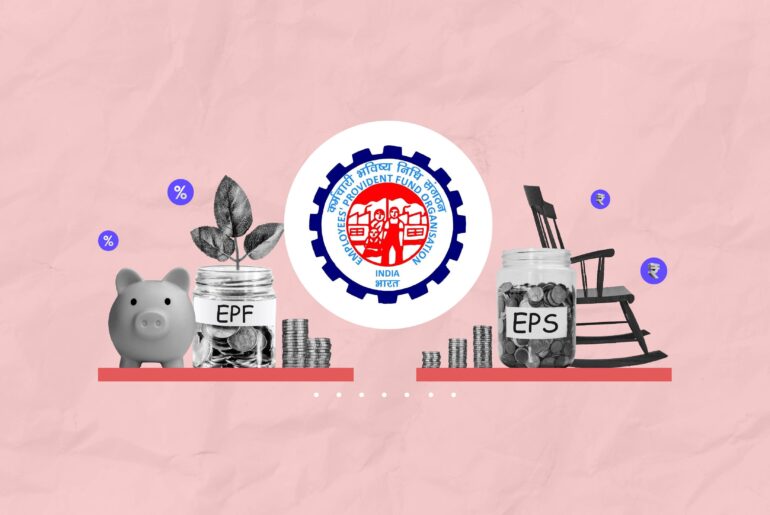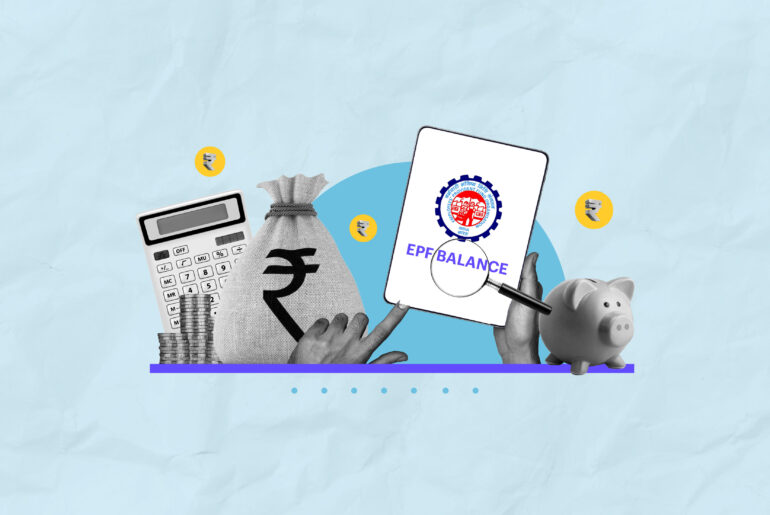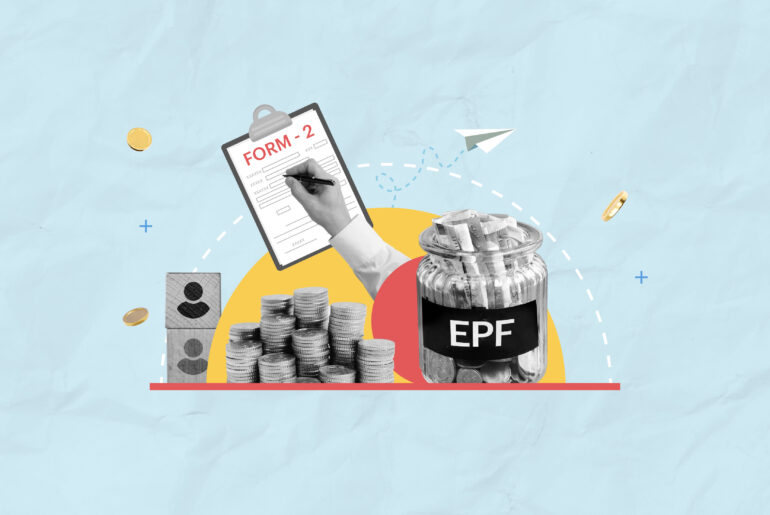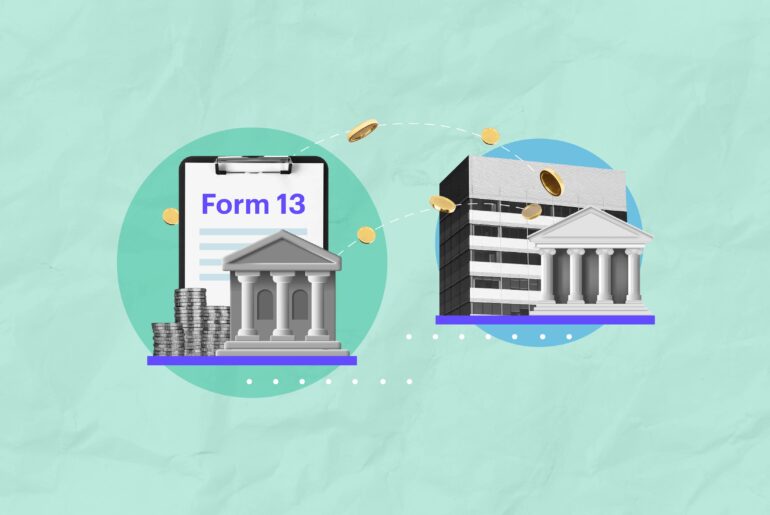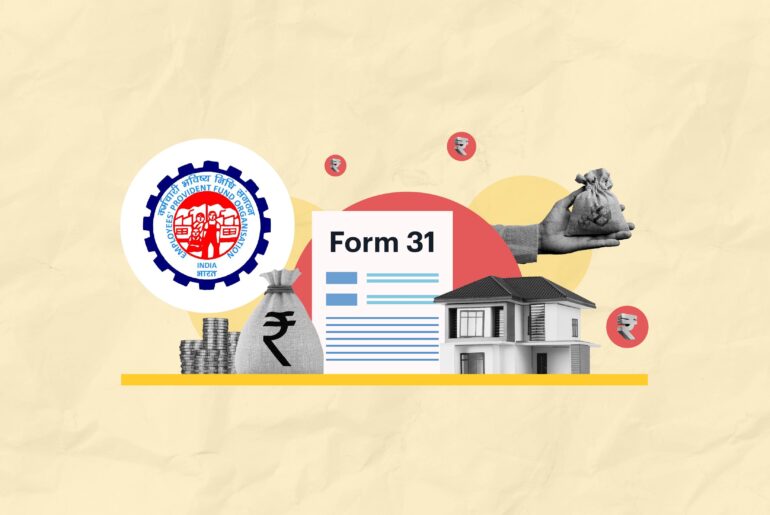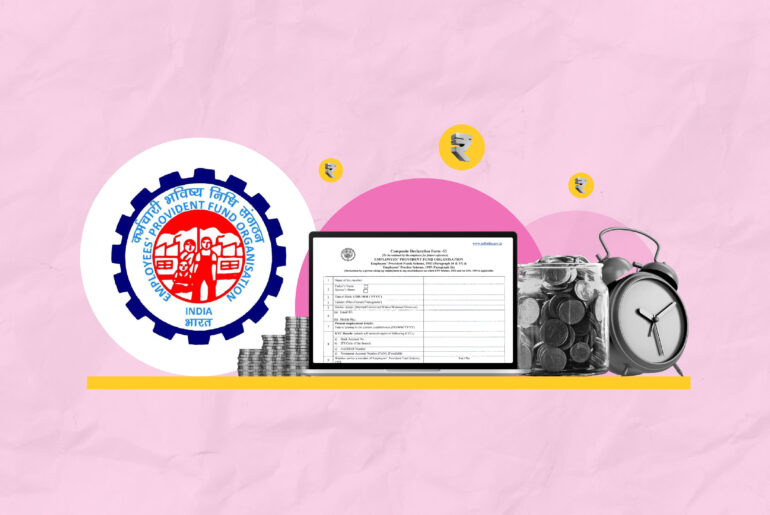There are numerous withdrawal forms available for the Employees’ Provident Fund (EPF). Let’s explore them, withdrawal rules, and how to fill out a PF withdrawal form.
EPF and EPS are often confused to be the same, but they are not. Let’s list out their features, how to calculate them, and the difference between EPF and EPS.
Every month, you and your employer contribute an equal amount towards your EPF. But, how do you check your EPF balance? Let’s read four ways to check EPF balance.
One of the important details to fill in while enrolling for EPF is the “Nomination”. Every EPF member must have a nominee on the account, and the details are submitted via EPF Form 2. In this article, let’s learn about the purpose of EPF Form 2 and how to fill the form.
While you are joining a new organisation, you must transfer your PF account from one employer to another, and the EPF Form 13 helps in this transfer.
EPF Form 31 is used to make an advance/partial withdrawal against a PF account. A partial PF withdrawal is only allowed in certain circumstances. Read on to know when and how.
EPF Form 11 is a self-declaration form the employee must fill out and submit while joining a new organisation registered under the EPF Scheme of 1952.
Although you can only access your PF account on retirement, the EPFO allows premature PF withdrawal rules in case of emergency. Let us look at the rules governing withdrawals, limits, eligibility, and documentation.
EPF Form 10C is used to withdraw or transfer your pension in your EPS account from your old employer to a new one. Read more about EPF Form 10C, eligibility, benefits, how to fill it, and more here.
